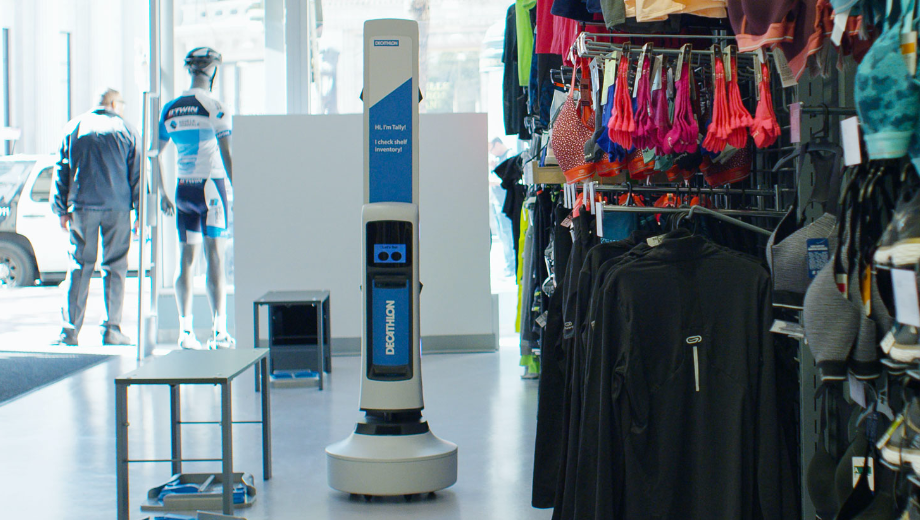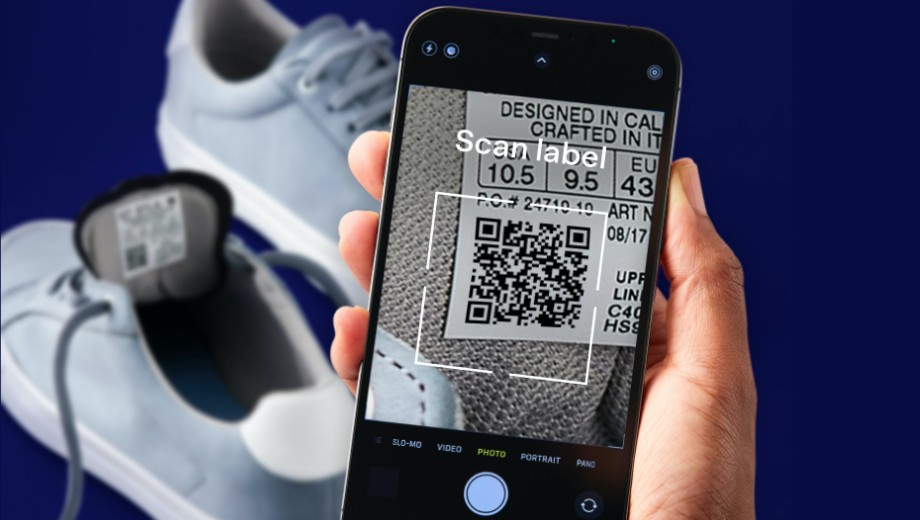According to a recent report from the National Retail Federation, shrinkage at retailers across the United States increased to $112 billion in the most recent reporting year, up from $94 billion a year earlier. That's a whopping 19% increase.1
As bad as that sounds, the problem is significantly worse for many retailers, with about one out of eight reporting that shrink topped 3% of sales.2
It’s a similar story outside the U.S. For example, in England and Wales—where some retailers say that police respond to just 20% of reported thefts3—the shoplifting rate hit the highest level in 20 years, with incidents rising by 32% in just 12 months4. Similarly, authorities in Victoria, Australia, indicate that shoplifting spiked to the highest level ever, climbing nearly 40% over the 12 months ending September 2023.5
Every retailer is familiar with shrinkage—the loss of inventory attributed to factors other than sales. Perishable products go bad, inventory is misplaced, products are damaged, errors occur at the POS—all falling under the broad label of shrinkage.
Fraudulent returns are another significant factor in retail shrinkage. A National Retail Foundation report indicates that 14% of all retail returns are fraudulent, totaling more than $100 billion in losses in 2023.6
However, the lion's share of shrinkage is due to theft, with the National Retail Foundation reporting that internal (employee) and external (shoplifting and organized retail crime) theft combine to account for nearly two-thirds of retail shrinkage.7
To put that in perspective, a 2022 retail theft survey of 26 large retailers reported a 51% increase in shoplifter apprehensions and an 18% increase in detection of dishonest employees.8
Many researchers attribute the rise in retail theft to inflation and the associated cost of living, with a notable increase in the number of people who say economic conditions justify shoplifting. An Australian survey of 1,000 shoppers revealed that more than half of shoppers ages 18 to 35 believe it is somewhat justified or completely justified to take items without paying, change price tags on products or not scan items at self-checkout.9
It's no longer just obvious products—electronics, designer-label clothing, jewelry and high-dollar goods—that are targeted for theft. No product category is immune to the growing problem. Today, individual thieves and organized retail theft rings steal anything that offers the potential for quick resale, including everyday products like disposable diapers, energy drinks and batteries.
A glance at the headlines shows that retailers aren't standing still. Some even put security tags on staples such as butter, cheese or baby formula.10 And many retailers are locking entire product categories behind theft-proof barriers—a tactic so prevalent that 70% of consumers surveyed in the U.S. say they’ve required assistance from sales associates to unlock products they want to purchase.11
Other retailers are taking more drastic actions. Almost half of retailers responding to a recent survey indicate they're reducing or altering store hours. And survey data reveals that nearly three out of ten retailers say they're closing specific store locations in response to retail theft.12
At various times during 2023, leaders at large retailers such as Home Depot, Target, and Ulta Beauty pointed to concerns about shrinkage impacting falling margins and profits.13
David Bassuk, a retail expert with three decades of industry experience, summarized the issue in a recent comment to the Wall Street Journal. "Unfortunately, we're facing a situation where shrink is a CEO topic. It used to be a store-manager topic."14
As the battle against shrinkage reaches the upper levels of retail organizations, industry leaders who hope to avoid reactive, last-resort actions are searching for strategic solutions that provide greater visibility into loss events and richer data.
One technology solution attracting attention is radio frequency identification (RFID). While RFID is best known as an inventory management technology and a tool that can accelerate checkout processes, RFID is being called a “game changer” by some of the loss prevention industry’s foremost experts, including Dr Read Hayes, Managing Director of the Loss Prevention Research Council (LPRC).15
RFID solutions have been growing throughout the retail industry. One key driver has been the fact that it's now cost-effective to put an RFID-enabled label on almost any product, including items selling for just a few dollars.
Now, with RFID, retailers can create an intelligence-driven loss-prevention strategy based on real-time or near real-time tracking of every inventory item. Highly detailed information is collected as tagged products move through receiving, into the storeroom, onto shelves, to the point of sale and out of the store. By integrating this granular item-level intelligence into other loss-prevention tactics (e.g., CCTV, increased store security), retailers can leverage their RFID investment into more than a simple inventory tracking tool.
In fact, according to Zebra Technologies’ latest Global Shopper Study, 61% of retailers surveyed have already deployed RFID tracking technology or plan to do so by 2026.16
The recent uptake of RFID solutions is evidence of how Zebra's loss detection solutions and Avery Dennison's broad portfolio of intelligent labels are working together to help many retailers identify product losses, pinpoint the culprits, recover stolen products and expedite the prosecution of offenders.
These solutions enable retailers to unlock the combined power of automation, serialization and prescriptive analytics, allowing them to detect patterns and identify anomalies to combat shrinkage, waste, cash loss, theft, and fraud.
Connect with Avery Dennison to learn more.
________________________________________________________________________________________________________________________
1https://cdn.nrf.com/sites/default/files/2023-09/NRF_National_Retail_Security_Survey_2023.pdf
2https://cdn.nrf.com/sites/default/files/2023-09/NRF_National_Retail_Security_Survey_2023.pdf
3https://www.theguardian.com/business/2024/jan/25/shoplifting-rate-england-wales-highest-level-more-than-20-years
4https://www.theguardian.com/business/2024/jan/25/shoplifting-rate-england-wales-highest-level-more-than-20-years
5https://www.abc.net.au/news/2023-12-21/shoplifting-reaches-all-time-high-in-victoria/103254480
6https://apprissretail.com/2023-consumer-returns-in-the-retail-industry-report
7https://cdn.nrf.com/sites/default/files/2023-09/NRF_National_Retail_Security_Survey_2023.pdf
8https://hayesinternational.com/news/annual-retail-theft-survey/
9https://www.abc.net.au/news/2023-12-21/shoplifting-reaches-all-time-high-in-victoria/103254480
10https://www.theguardian.com/business/2024/jan/25/shoplifting-rate-england-wales-highest-level-more-than-20-years
11https://wslstrategicretail.com/blog/shoppers-face-locked-up-goods/
12https://cdn.nrf.com/sites/default/files/2023-09/NRF_National_Retail_Security_Survey_2023.pdf
13https://www.usatoday.com/story/money/2023/08/03/stores-lock-products-curb-shoplifting/70441347007/
14Wall Street Journal; Sept 8, 2023; It’s Not Your Imagination – Shopping In Person Is Getting Worse
15NRF Big Ideas session, Avery Dennison, RFID: The Key to Digitizing Loss Prevention
16https://www.zebra.com/us/en/about-zebra/newsroom/press-releases/2023/over-80-of-retailers-challenged-by-shrink-better-analytics-can-drive-profitability.html



